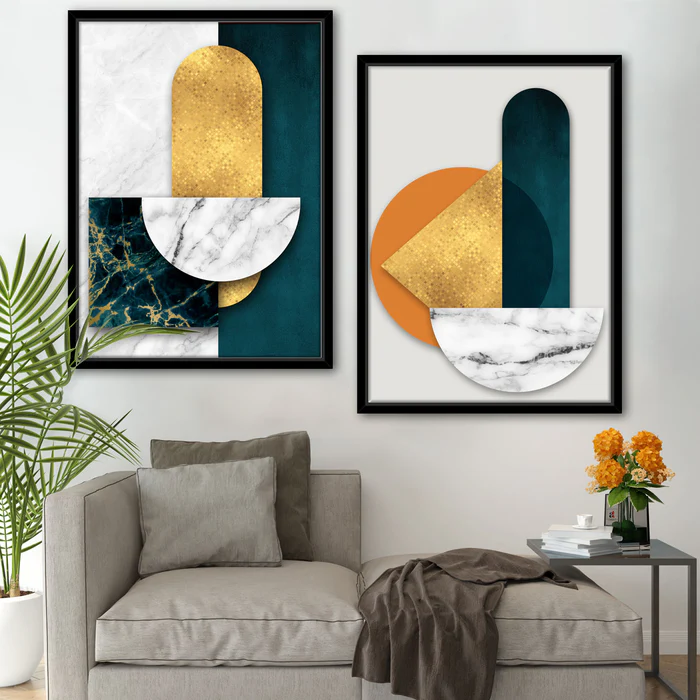

Welcome to the wonderful world of painting! Whether you’re looking to explore a new hobby or unleash your inner artist, this guide will help you navigate the basics and set you on the path to creative expression. Let’s dive in!
Choosing Your Materials
Paint Types:
- Watercolor: Great for soft, fluid effects. Perfect for beginners as it’s easy to clean up.
- Acrylic: Versatile and quick-drying. Ideal for experimenting with various techniques.
- Oil: Offers rich colors and blending capabilities, but requires more drying time and specialized materials.
Essential Supplies:
- Brushes: Start with a few basic sizes (flat and round).
- Canvas or Paper: Use watercolor paper for watercolors and canvas boards for acrylics and oils.
- Palette: A simple plastic or wooden palette for mixing colors.
- Easel: Optional, but useful for larger pieces.

Basic Techniques to Try
- Color Mixing: Understanding how to mix colors is fundamental. Start with primary colors (red, blue, yellow) and experiment to create secondary colors (green, orange, purple).
- Brush Strokes: Practice different brush strokes—dabbing, sweeping, and stippling. This will help you develop your style and control over the medium.
- Layering: Learn to build layers of color. With acrylics, for example, you can create depth by applying multiple thin layers rather than one thick coat.

Simple Projects for Beginners
- Abstract Painting: Begin with a simple abstract piece. Focus on color and texture rather than representational forms. Let your emotions guide your choices.
- Still Life: Set up a small arrangement of objects (like fruit or flowers) and paint from observation. This practice sharpens your observation skills.
- Nature Studies: Take your supplies outdoors and paint a landscape or a single tree. This helps you practice capturing light and nature.

Why to choose paintings according to Astrology?
Positive Energy Flow: Vastu Shastra emphasizes the importance of positive energy (or “chi”) in a home. Well-placed paintings can enhance the flow of positive energy, creating a harmonious environment.
Symbolism of Success: Paintings that depict success, abundance, or prosperity—such as landscapes, waterfalls, or images of wealth—can attract good fortune and abundance into your home.
Emotional Balance: Artwork that reflects peace and tranquility can promote emotional well-being. Paintings of serene landscapes or calming colors can help reduce stress and create a balanced atmosphere.
Enhancing Relationships: Paintings that depict family, love, or togetherness can strengthen bonds among family members. Placing these in common areas fosters a sense of unity and connection.
Placement Matters: According to Vastu, the placement of art is crucial. For example, paintings of water should be placed in the North or East to promote prosperity, while vibrant colors in the South can energize the space.
Personal Reflection: Choosing artwork that resonates with you can create a positive emotional connection, making your space feel more like home and enhancing your overall well-being.
Avoiding Negative Imagery: Vastu advises against keeping paintings that depict violence, negativity, or despair, as these can bring negative energy into your home.
By thoughtfully selecting and placing paintings in accordance with Vastu principles, you can create a space that not only looks beautiful but also supports a positive and harmonious living environment.


